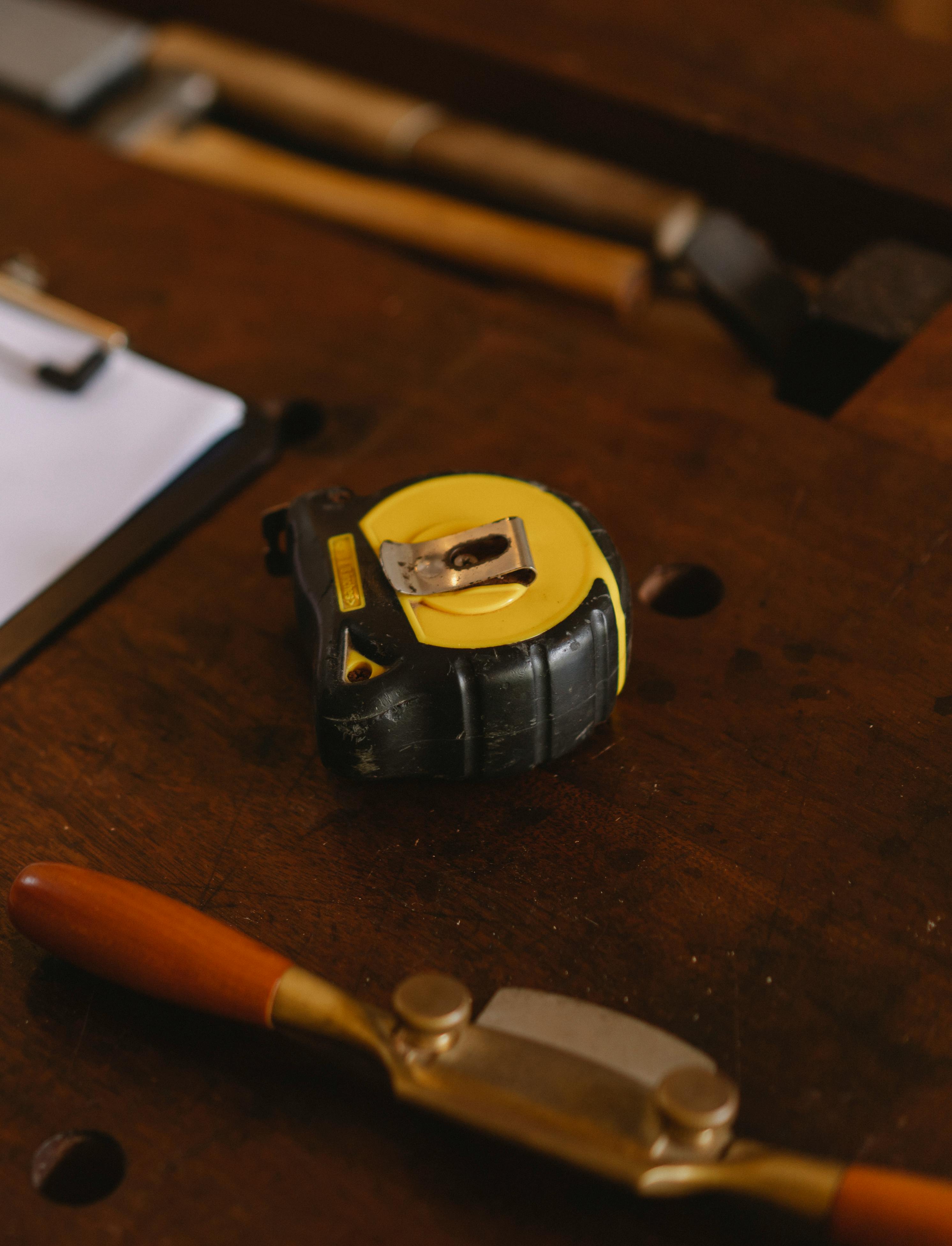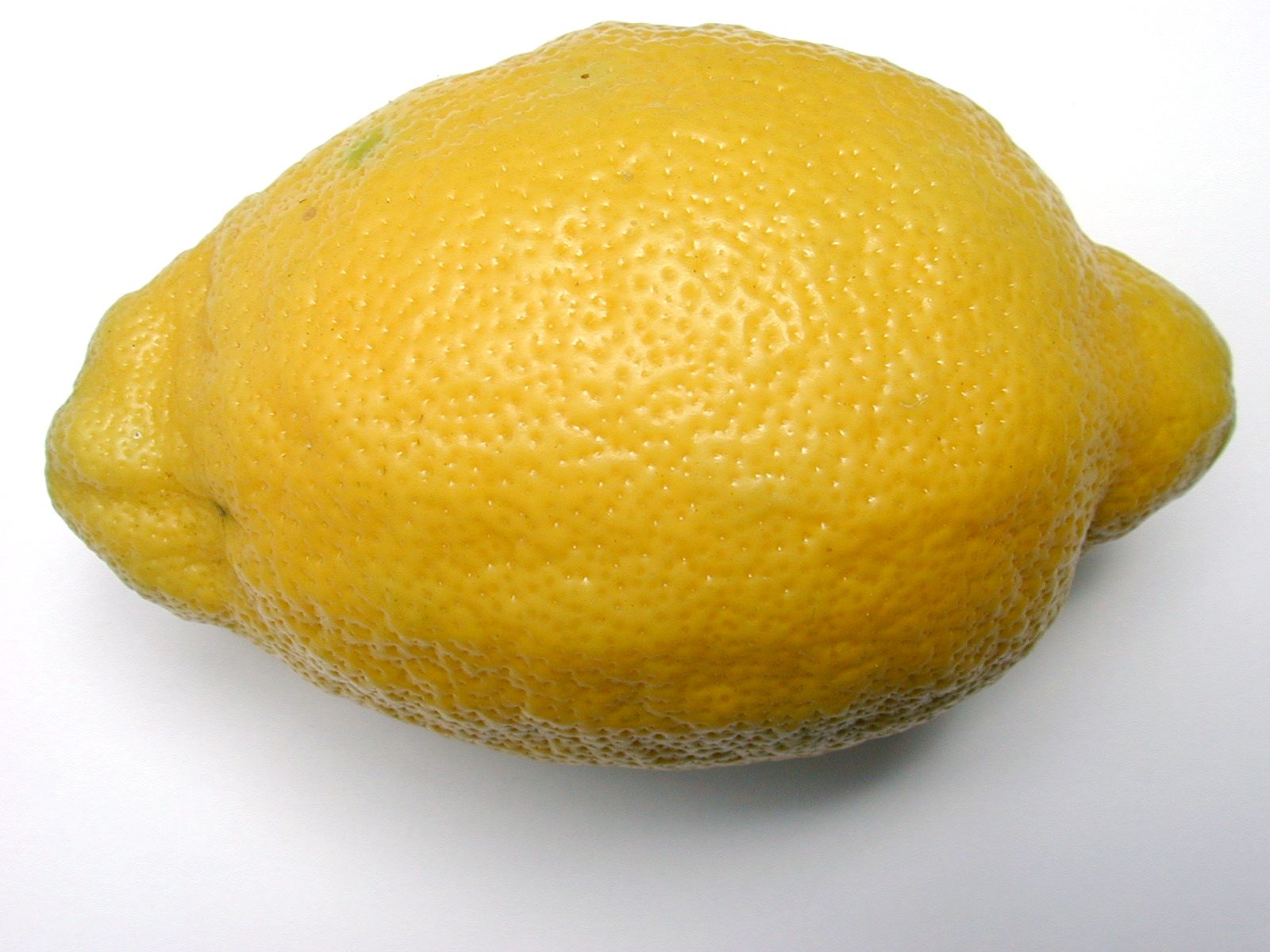
 Mucin competition was carried out by pretreating rAAV with bovine submandibular gland mucin (Sigma) for 30 min at 20°C. AAV vectors, in the presence or absence of mucin, were added to Cos-7 cells in equal volumes of DMEM for 1 h at 37°C. Cells were rinsed twice with DMEM and incubated at 37°C. Two thousand particles/cell were pretreated with mucin (concentrations up to 0.5 mg/ml), and cells were assayed for luciferase expression 24 h posttransduction. Electrophoresis was performed on ice for 45 min at 120 V in 1 × Tris-Glycine buffer. Lectin staining of HepG2 cells, Pro-5 cells, and Cos-7 cells was performed by incubation with fluorescein isothiocyanate (FITC)-labeled wheat germ agglutinin (WGA), Maackia amurensis lectin (MAA), or Sambucus nigra lectin (SNA) (Vector Laboratories Inc.), as described in reference 44. Briefly, cells growing in 24-well plates (approximately 2 × 105 cells/well) were chilled to 4°C, and then lectin (10 μg/ml) was added to the respective media. Briefly, Cos-7 cells were plated at a density of 2 × 104 cells/well in a 48-well plate. Similarly, SNA blocked AAV1 and AAV6 transduction on HepG2 cells and, to a lesser extent, on Cos-7 cells but not on Pro-5 cells. Together, these results support the requirements for α2,3 and α2,6 sialic acids which are present on N-linked glycoproteins as primary receptors for efficient AAV1 and AAV6 viral infection.
Mucin competition was carried out by pretreating rAAV with bovine submandibular gland mucin (Sigma) for 30 min at 20°C. AAV vectors, in the presence or absence of mucin, were added to Cos-7 cells in equal volumes of DMEM for 1 h at 37°C. Cells were rinsed twice with DMEM and incubated at 37°C. Two thousand particles/cell were pretreated with mucin (concentrations up to 0.5 mg/ml), and cells were assayed for luciferase expression 24 h posttransduction. Electrophoresis was performed on ice for 45 min at 120 V in 1 × Tris-Glycine buffer. Lectin staining of HepG2 cells, Pro-5 cells, and Cos-7 cells was performed by incubation with fluorescein isothiocyanate (FITC)-labeled wheat germ agglutinin (WGA), Maackia amurensis lectin (MAA), or Sambucus nigra lectin (SNA) (Vector Laboratories Inc.), as described in reference 44. Briefly, cells growing in 24-well plates (approximately 2 × 105 cells/well) were chilled to 4°C, and then lectin (10 μg/ml) was added to the respective media. Briefly, Cos-7 cells were plated at a density of 2 × 104 cells/well in a 48-well plate. Similarly, SNA blocked AAV1 and AAV6 transduction on HepG2 cells and, to a lesser extent, on Cos-7 cells but not on Pro-5 cells. Together, these results support the requirements for α2,3 and α2,6 sialic acids which are present on N-linked glycoproteins as primary receptors for efficient AAV1 and AAV6 viral infection.
 Since α2,3 sialic acid is present on ciliated cells, while α2,6 sialic acid is present on both ciliated and nonciliated cells (23), it will be of interest to determine if AAV1 and AAV6 are able to transduce both types of epithelial cells. In addition, there was a 60-fold difference between Pro-5 cells and Lec-2 cells for AAV6 transduction while only an 8-fold difference for AAV1 transduction. In addition, among all other cell lines tested, AAV6 transduction markedly drops following neuraminidase treatment (Fig. (Fig.2).2). In addition, many bacteria including E. coli K12 are able to catabolise Neu5Ac and use it as a carbon energy source. All three finally agreed to use sialic acid as the family name covering all of the more than thirty derivatives of neuraminic acid, with N-acetylneuraminic acid and N-glycolylneuraminic acid forming the core structures. More specifically, following treatment with neuraminidase from Clostridium perfringens, the PAECs appeared to lose cell-cell contacts, resulting in rather evenly dispersed individual cells. If you beloved this report and you would like to receive a lot more details concerning sialic acid manufacturer kindly stop by our own web site. Although we did not observe the complete loss of α(2,3)-linked sialic acids following treatment of either neuraminidase, we did observe that, in many areas of gap formation, the α(2,3)-linked sialic acid staining was nearly absent (Fig. 6C). Finally, even at 5 h postneuraminidase treatment, both PAECs and PMVECs exhibited monolayer disruption (Fig. 6D). Collectively our observations support a prominent role for terminally linked sialic acids in maintenance of endothelial barrier integrity.
Since α2,3 sialic acid is present on ciliated cells, while α2,6 sialic acid is present on both ciliated and nonciliated cells (23), it will be of interest to determine if AAV1 and AAV6 are able to transduce both types of epithelial cells. In addition, there was a 60-fold difference between Pro-5 cells and Lec-2 cells for AAV6 transduction while only an 8-fold difference for AAV1 transduction. In addition, among all other cell lines tested, AAV6 transduction markedly drops following neuraminidase treatment (Fig. (Fig.2).2). In addition, many bacteria including E. coli K12 are able to catabolise Neu5Ac and use it as a carbon energy source. All three finally agreed to use sialic acid as the family name covering all of the more than thirty derivatives of neuraminic acid, with N-acetylneuraminic acid and N-glycolylneuraminic acid forming the core structures. More specifically, following treatment with neuraminidase from Clostridium perfringens, the PAECs appeared to lose cell-cell contacts, resulting in rather evenly dispersed individual cells. If you beloved this report and you would like to receive a lot more details concerning sialic acid manufacturer kindly stop by our own web site. Although we did not observe the complete loss of α(2,3)-linked sialic acids following treatment of either neuraminidase, we did observe that, in many areas of gap formation, the α(2,3)-linked sialic acid staining was nearly absent (Fig. 6C). Finally, even at 5 h postneuraminidase treatment, both PAECs and PMVECs exhibited monolayer disruption (Fig. 6D). Collectively our observations support a prominent role for terminally linked sialic acids in maintenance of endothelial barrier integrity.

Following treatment of PAECs with neuraminidase from Vibrio cholerae-positive lectin, staining was still observed, indicating that not all α(2,3)-linked sialic acids were hydrolyzed (Fig. 5E). We observed the same pattern of lectin staining when the cells were treated with neuraminidase from Clostridium perfringens. In the earlier set of experiments that utilized neuraminidase, we noted that, following neuraminidase treatment, there were typically fewer cells in the dish, indicating that cells had lost cell-cell and/or cell-matrix adhesions. First, within 2 h of either neuraminidase treatment, the α(2,6)-linked sialic acids in PAECs were hydrolyzed as evidenced by loss of FITC-tagged SNA fluorescence (Fig. 5A). Second, we observed overall disruption of the PAEC monolayer following treatment with either neuraminidase although there were characteristic differences in what the resultant disrupted monolayer looked like. Following treatment, cells were washed and imaged. Thus we stained for α(2,3)-linked sialic acids using the FITC-tagged MAA following neuraminidase treatment. However, although we clearly saw disruption of the monolayer in our visual microscopy experiment utilizing neuraminidase from Clostridium perfringens, we also noted that there were areas of intact monolayer that maintained strong cell-cell border staining of α(2,3)-linked sialic acids.
However, at this time we do not know whether one linkage, i.e., α(2,3) or α(2,6), is more important than the other in determining endothelial barrier integrity nor whether further substituted (e.g., acetylated) sialic acids play a role in cell-cell and/or cell matrix adhesion. Loss of sialic acids disrupts cell-cell and cell-matrix adhesions. On the other hand, treatment with neuraminidase from Vibrio cholerae resulted in large areas where there were no cells and other areas where there were still confluent cells, suggestive of loss of cell-matrix adhesions. Although we know that the neuraminidase from Vibrio cholerae does cleave terminal sialic acids, as assessed by binding of the lectin from Arachis hypogaea (Fig. 5B), we do not know whether these trace level contaminants contribute to the distinctive pattern of endothelial barrier disruption. Similar to what we saw with the PAECs, in neuraminidase-treated PMVECs, staining for α(2,3)-linked sialic acids was still positive, revealing that PMVECs also express a population of neuraminidase-resistant α(2,3)-linked sialic acids (Fig. 6B). Because we observed positive binding of the lectin from Arachis hypogaea following neuraminidase treatment, and because the α(2,3) linkage is the predominant one on PMVECs, it strongly suggests that indeed some α(2,3)-linked sialic acids were cleaved.
